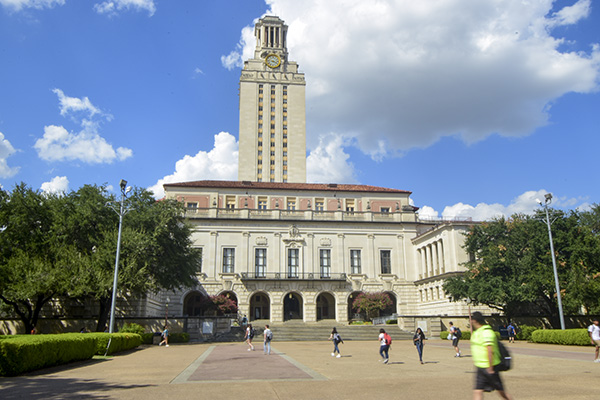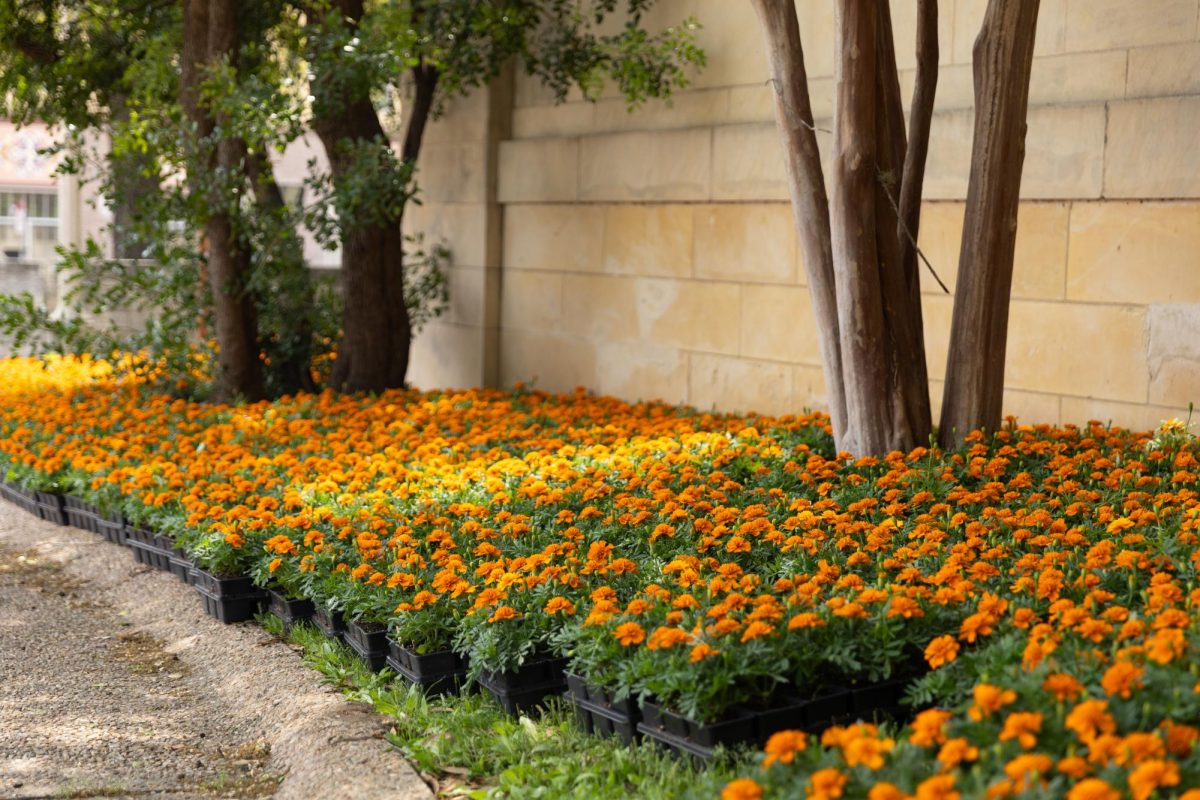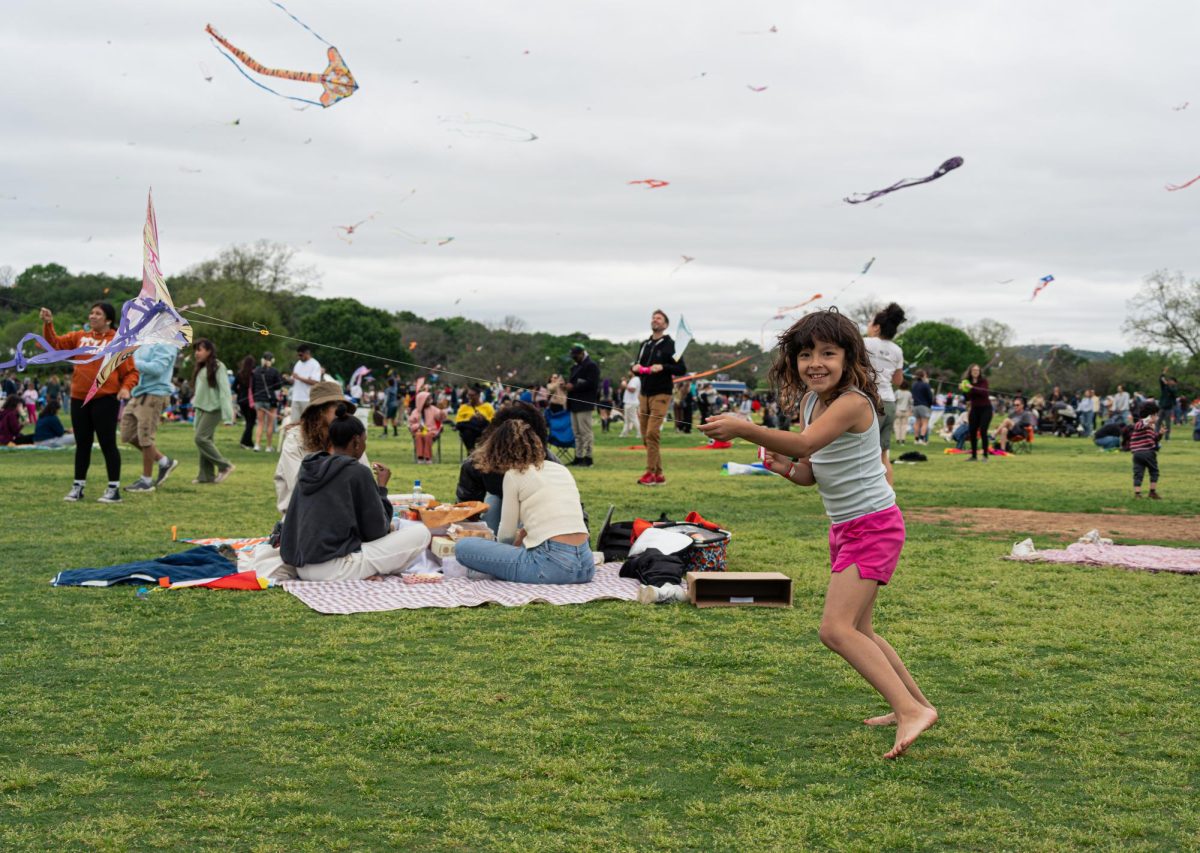Up to 2,100 of the 11,000 classes offered this fall will be held online, Interim UT President Jay Hartzell said in a University-wide email Wednesday.
Students can take all their classes online if they are unable to return to campus in the fall, or choose not to, Hartzell said. Fall tuition will remain the same whether students choose to take classes remote-only or on-campus, he said.
“Not all classes will be available in this (remote-only) format, so students will need to assess how such a choice would affect their paths toward graduation,” Hartzell said, adding that the University will make final decisions about which classes will be online by July 1.
The update comes after Hartzell told The Daily Texan on Monday that the 400 biggest fall classes would be moved to an online-only format. On May 20, Outgoing President Gregory Fenves announced that fall classes will be held on-campus beginning August 26 as planned but will end at the start of Thanksgiving break.
In his latest update, Hartzell said all classrooms will only allow for 40% of their original capacity unless individual colleges or departments receive approval from the UT administration. The University is working with an architectural firm to create the design plans for the classrooms, he said.
Fall schedules will be changed to spread classes between 8 a.m. and 8 p.m., and students will be notified of these changes when they are finalized, Hartzell said.
“We will try to make as few changes to the existing fall schedule as possible, but there will be changes, as we will need to move some classes to alternative times in order to reduce density in buildings and on campus,” Hartzell said.
The University will open its residence halls and will communicate its plans for residential living to on-campus residents by the end of June, Hartzell said.
“We are planning for residence halls to reopen based on the recommendations of the health and medical experts in the Health and Wellness Working Group,” Hartzell said.
The University will continue to test those who are symptomatic for COVID-19 and will offer asymptomatic testing on a voluntary basis, Hartzell said.
“Such asymptomatic testing can help us further reduce the spread of COVID-19 on campus while creating a more complete picture of the presence and impact of the disease,” Hartzell said. “We plan to build on-campus capabilities to conduct asymptomatic testing consistent with epidemiological recommendations.”
UT will announce the face covering policy for students before the start of the fall semester, Hartzell said. All UT employees working through the summer are required to wear protective face coverings inside buildings unless it is a private space, he said. Ten custodial staff members tested positive for COVID-19 in May, UT said.
A Big 12 Conference directive released Monday will allow football student-athletes to begin voluntary athletic activities with strength and conditioning staff present on June 15, Hartzell said. The first phase of the on-boarding program will include a screening process with testing, physicals and questionnaires. This comes after select UT football coaches and support staff were permitted to return to campus for several weeks in May.
“The first phase of Texas Athletics’ return to campus has proved effective and will be extended in preparation for the return of football student-athletes,” Hartzell said.
Hartzell said mandatory physicals and COVID-19 safety education and training must be completed before student-athletes begin the second phase of the workout program.
More researchers working on time-sensitive projects can now return to campus labs and research spaces if it is approved by their college or school, Hartzell said. 30 to 40% of campus researchers who have authorization are allowed to work on-site.
“Our goal is to continue expanding the number of researchers allowed in our facilities as long as campus conditions and public health guidance indicate it is safe to do so,” Hartzell said.




















